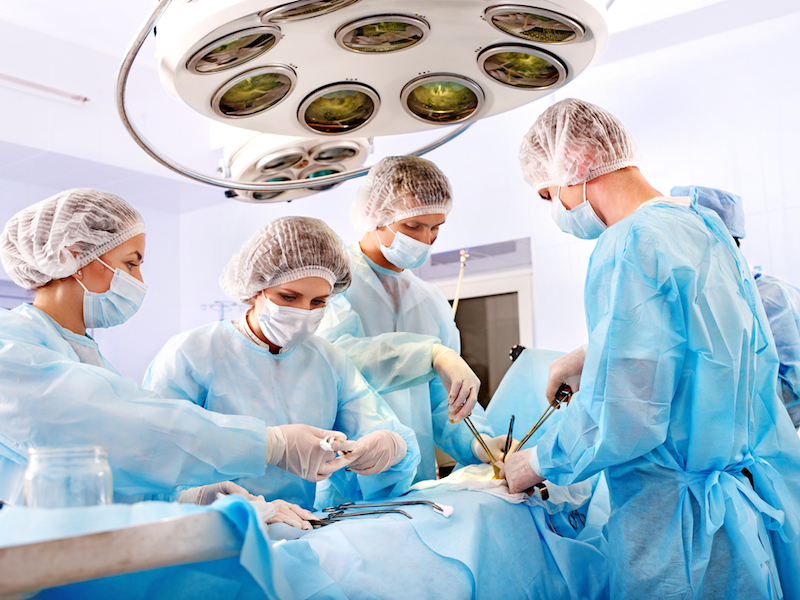Major Surgical Mistakes Still Happen in the US

Major errors during surgery are rare, but preventable mistakes still happen in hospitals throughout the United States, a new review finds.
In about 1 in 100,000 surgeries, doctors make a "wrong site" error — for example, they operate on the wrong side of a person's body, or sometimes even on the wrong person, the study found. And in 1 out of every 10,000 procedures, doctors leave something (such as a medical sponge) in the patient's body, the researchers found.
Poor communication among medical staff is the root cause of many of these mistakes, the researchers said in their article, published online Wednesday (June 10) in the journal JAMA Surgery.
But it's still unclear how to prevent these errors — which experts call "never events" because they should never happen — largely because there isn't much data on them. [Social Surgery: A Gallery of Live-Tweeted Operations]
"Never events are, fortunately, very rare," said the study's lead researcher, Susanne Hempel, co-director of the Evidence-based Practice Center at the RAND Corporation, a nonprofit global policy think tank headquartered in California. But that makes it difficult to collect enough data on these events and how to prevent them, she said.
Hempel and her colleagues conducted the review for the U.S. Veterans Affairs National Center for Patient Safety, "to evaluate the state of the evidence 10 years after the introduction of the Universal Protocol, a concerted effort to improve surgical safety," she told Live Science in an email.
In the review, the researchers looked at 138 studies, published from 2004 to 2014, that reported on at least one of three types of never events: wrong-site surgery, leaving an item behind in a person during surgery, and surgical fires.
Get the world’s most fascinating discoveries delivered straight to your inbox.
They found that the frequency of these events varied depending on the type of surgery being done and the data collection methods used in the studies. For instance, according to a study of eye doctor claims and state reporting records, there were 0.5 wrong-site events per 10,000 procedures. But according to a survey of eye doctors who operate on people with "lazy eye" (medically called strabismus), there were 4 wrong-site events per 10,000 procedures.
The researchers also tried to figure out how often fires occurred during surgery, but they did not have enough data, they said.
Taken together, the studies show that there is usually a unique set of factors and circumstances behind a never event, Hempel said. However, "inadequate communication between health care providers was a frequent contributing factor; in particular, for wrong-site surgery," Hempel said. "This included miscommunication among staff, missing information that should have been available to the operating-room staff and surgical team members not speaking up, or not listening to suspicions."
The researchers called for better tracking of never events, so that doctors can develop better tools and techniques to avoid them in the future.
Doctors also may need to test different methods, such as tracking so-called near misses, which are potential events that were averted before patients were harmed, Hempel said.
"Incidence rates, root causes and effects of interventions designed to prevent the events should be tracked to help increase our knowledge," Hempel said.
Follow Laura Geggel on Twitter @LauraGeggel. Follow Live Science @livescience, Facebook & Google+. Original article on Live Science.

Laura is the archaeology and Life's Little Mysteries editor at Live Science. She also reports on general science, including paleontology. Her work has appeared in The New York Times, Scholastic, Popular Science and Spectrum, a site on autism research. She has won multiple awards from the Society of Professional Journalists and the Washington Newspaper Publishers Association for her reporting at a weekly newspaper near Seattle. Laura holds a bachelor's degree in English literature and psychology from Washington University in St. Louis and a master's degree in science writing from NYU.
